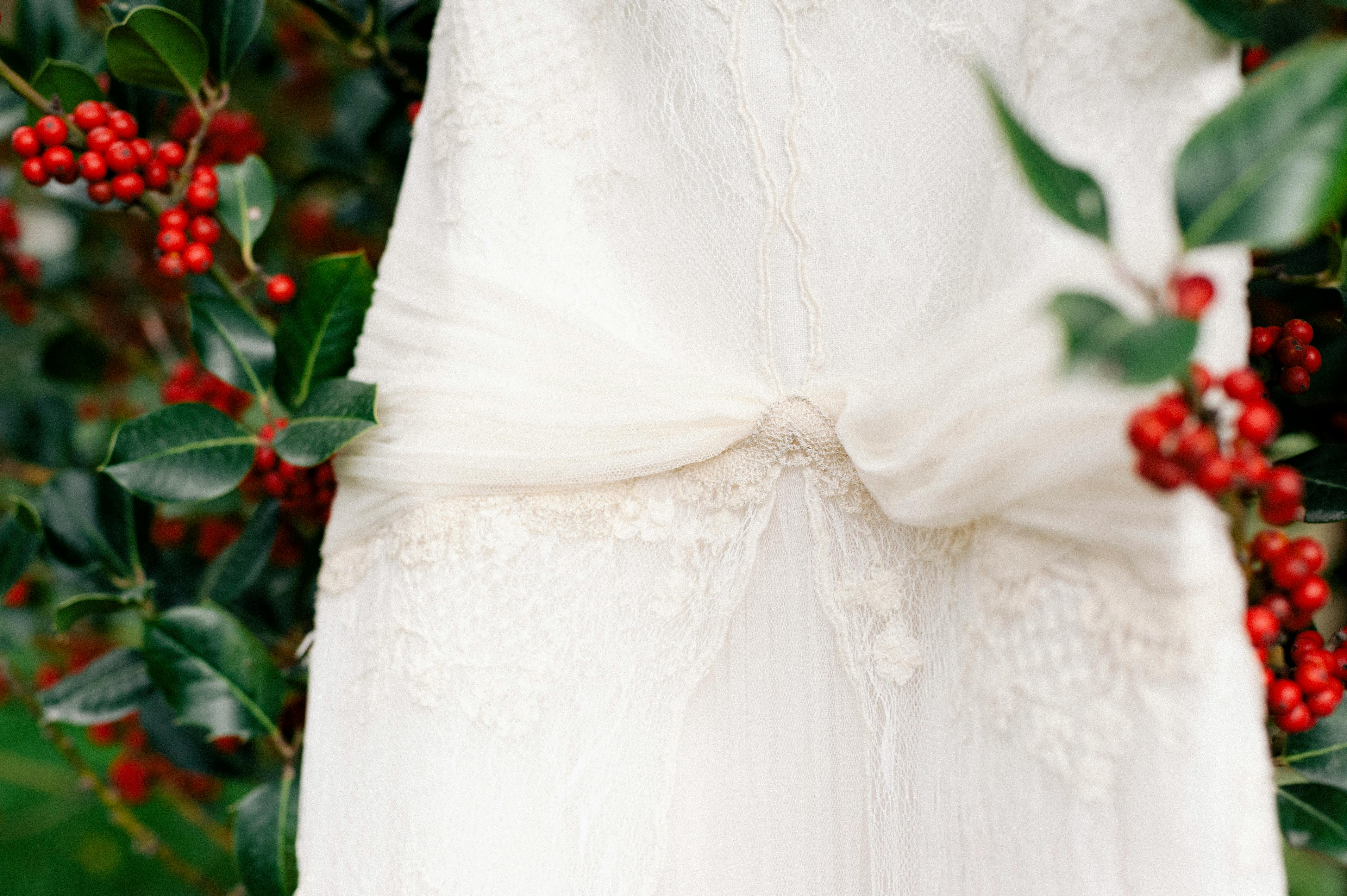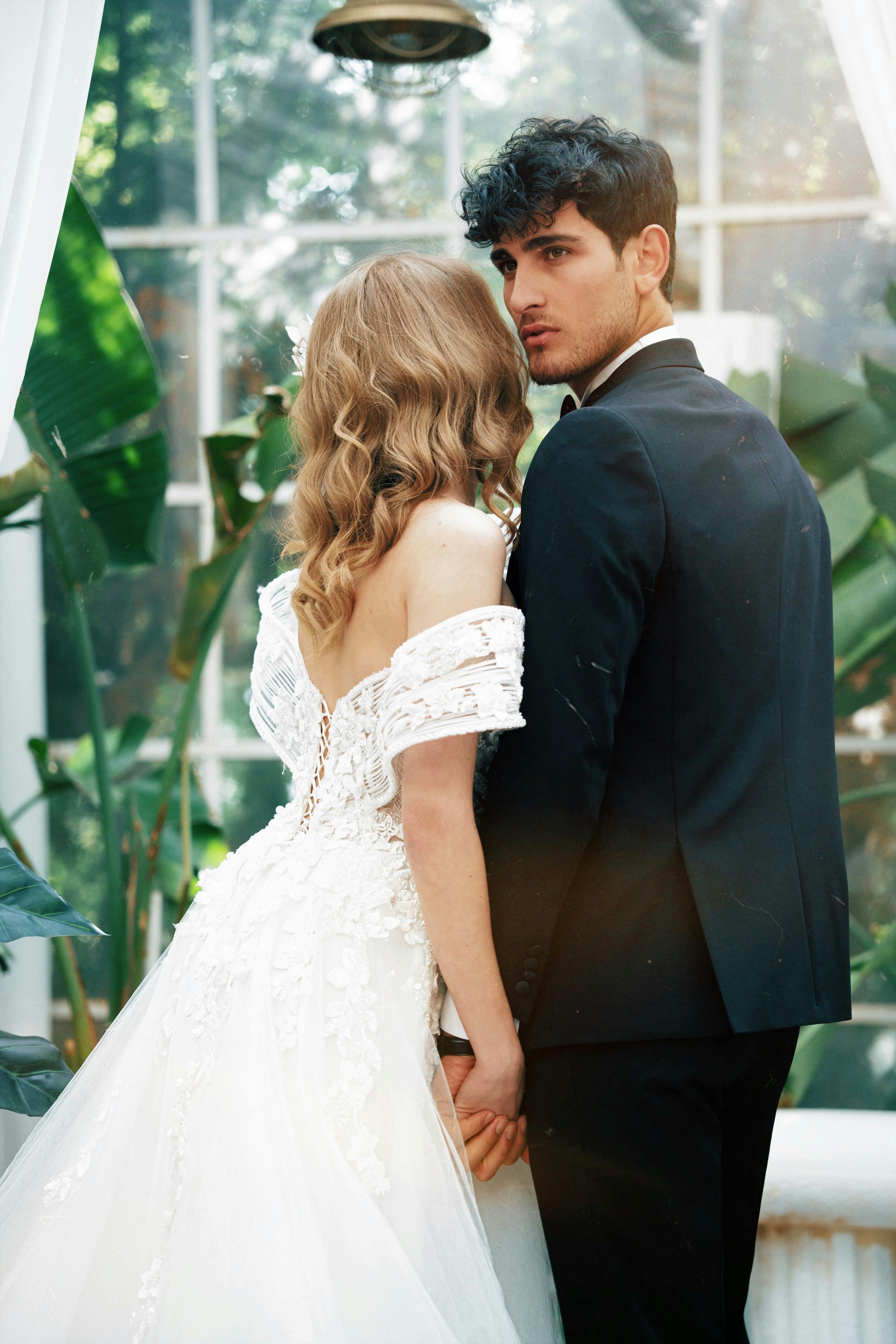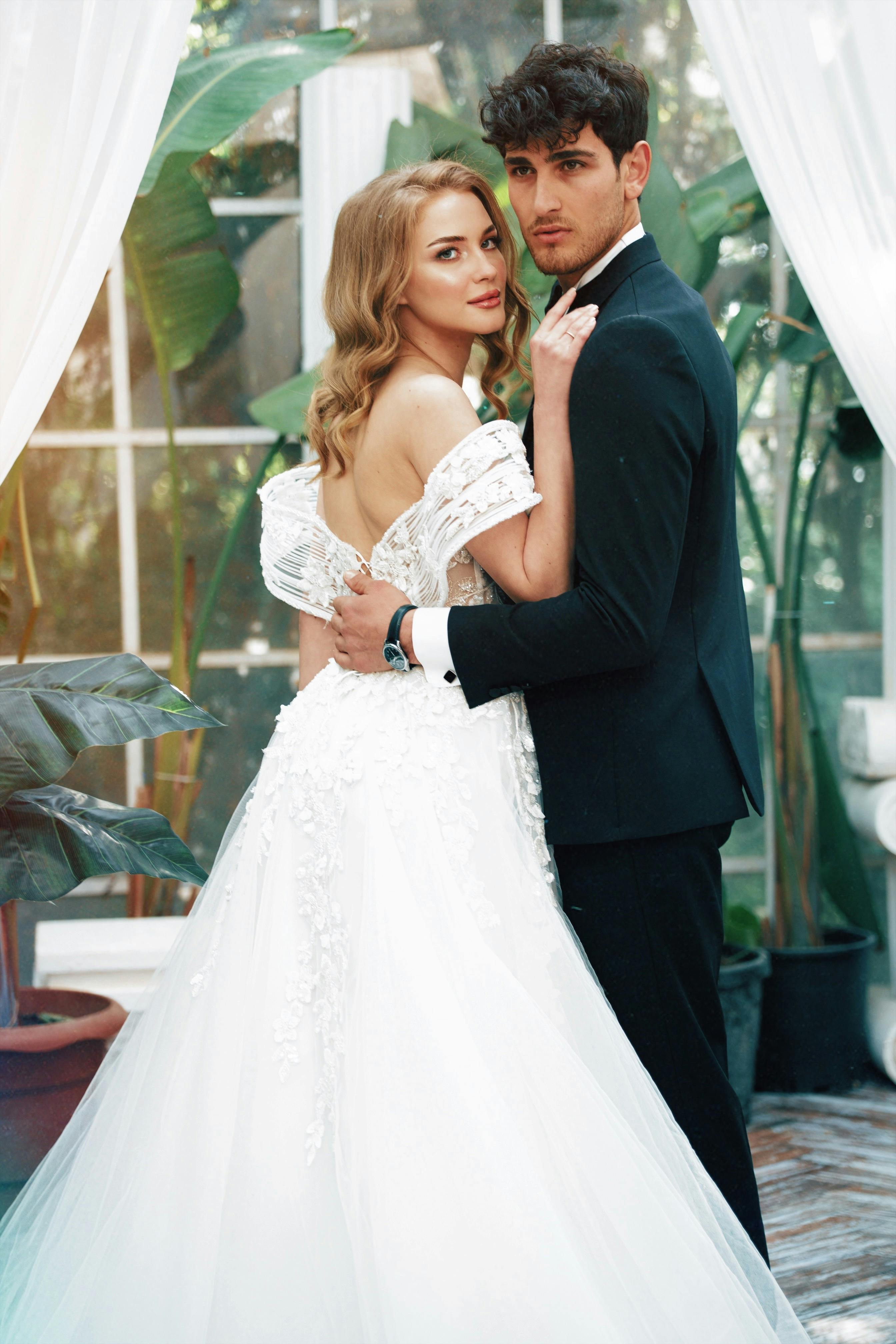Botanical Gardens Wedding Photography: A Complete Guide
Botanical gardens wedding photography captures love stories in nature’s most enchanting settings. With vibrant florals, lush greenery, and curated landscapes, these venues offer unmatched beauty. This comprehensive guide explores the fundamentals, practical strategies, and advanced techniques to help you master garden-based wedding shoots and deliver unforgettable results.

Understanding the Fundamentals
At its core, botanical gardens wedding photography is about leveraging nature’s elegance to frame wedding moments. These venues blend structured landscapes with organic textures, creating dynamic visual narratives. It’s a genre where photography meets fine art under open skies.
Understanding foundational concepts ensures photographers can capture the essence of the event. It’s not just about flowers—it’s about light, angles, seasons, and emotion. Like a painter selecting a palette, photographers in botanical gardens must compose every element mindfully.
1.1 Harnessing Natural Light
Natural light is the soul of botanical wedding photography. Golden hour—an hour after sunrise or before sunset—casts soft, flattering glows perfect for couple portraits. Overcast skies, often dreaded, can serve as diffusers, reducing harsh shadows.
For example, a late afternoon ceremony in spring might offer dapples of light filtering through blooming canopies. This ambient light transforms ordinary frames into ethereal masterpieces. One common mistake is relying too heavily on flash, which can clash with the serene vibe of a garden setting.
1.2 Composition in Nature
Unlike studio shoots, botanical locations are rich but unpredictable. Mastery in composition helps control chaos. Applying rules like the rule of thirds or leading lines with hedgerows and pathways enhances visual storytelling.
Unlike traditional indoor setups, these environments demand flexibility. Positioning the couple with a symmetrical floral arch or framing them between ivy-draped trellises creates balance. The uniqueness lies in how each location evolves with seasons, offering fresh backdrops all year round.
Practical Implementation Guide
Transitioning from understanding to execution involves strategic planning. Botanical gardens wedding photography requires collaboration with venue coordinators, awareness of seasonal blooms, and careful timing. The goal is to create seamless, impactful images that reflect the couple’s personality while embracing natural surroundings.

2.1 Actionable Steps
- Scout the Venue: Visit the botanical garden during the same time of day the wedding will occur. Note sun angles, shaded areas, and crowd traffic patterns.
- Gear Essentials: Bring a variety of lenses—wide-angle for landscape shots and prime lenses for intimate portraits. A tripod and reflectors are also valuable tools.
- Create a Shot List: Define must-have shots—first look near the rose garden, ceremony under the pergola, and detail shots of floral arrangements. Use this to manage time and creativity efficiently.
2.2 Overcoming Challenges
Photographers in outdoor settings face unique hurdles. Here are common issues and solutions:
- Changing Weather: Always have a rain plan. Umbrellas can be styled props if rain is unavoidable.
- Harsh Light: Use diffusers or place couples in shaded spots to maintain even exposure.
- Public Spaces: Work closely with venue management to secure permits and time slots when gardens are less crowded.
Other expert tips include pre-arranged walkie-talkies for coordination with second shooters and always packing bug repellent and sunscreen.
Advanced Applications
As skills evolve, botanical gardens wedding photography can expand into advanced territory. High-concept storytelling, drone integration, and hybrid videography become vital tools for those seeking a competitive edge. When the basics are second nature, these techniques allow full creative expression.

3.1 Drone Photography & Aerial Shots
Using drones in wedding photography provides sweeping perspectives of the garden layout, showcasing the entire event space. For example, an aerial view of the reception amidst a flower maze offers cinematic flair.
Case studies show drone shots increase client satisfaction by 40% due to their uniqueness. Be sure to comply with local drone regulations and ensure battery backups are readily available.
3.2 Editorial-Style Posing
Elevate your work by blending documentary and editorial approaches. Use the garden’s natural elements as stylized props—vines as veils, petals as confetti, fountains as romantic backdrops.
This approach integrates seamlessly with albums and social media trends. Ensure outfits and makeup match the setting to avoid visual clashes. Clients increasingly value magazine-worthy poses in real-world locations.
Future Outlook
As weddings evolve, so too does botanical photography. Upcoming trends include eco-conscious weddings, with couples favoring venues like botanical gardens for sustainability and beauty.
Technology will also drive change—think AI-assisted editing and real-time shot previews. Staying current ensures continued relevance and demand. Photographers should invest in continuous learning and gear upgrades to stay ahead.
Conclusion
In summary, botanical gardens wedding photography offers an unparalleled canvas for romance. Key takeaways include the mastery of natural light, preparation through scouting, and creative expansion via advanced tools.
Ready to elevate your wedding shoots? Embrace the botanical scene and start capturing magical moments in nature. This timeless style will remain in demand for years to come.
Frequently Asked Questions
- Q: What is botanical gardens wedding photography? It’s the art of photographing weddings in curated natural environments like botanical gardens using natural light and scenic beauty.
- Q: How do I get started with garden wedding shoots? Begin by networking with local gardens, building a portfolio, and studying lighting conditions in outdoor environments.
- Q: How much time does a typical shoot take? On average, a full-day shoot including setup, ceremony, and reception takes 6–10 hours depending on the event size.
- Q: Is botanical wedding photography expensive? It varies. Budget shoots may cost $800–$1500, while premium packages with drones and assistants can exceed $5000.
- Q: How does this style compare to traditional photography? Botanical shoots offer natural backdrops and dynamic lighting, while studio shoots allow more control but less authenticity.
- Q: Is this style difficult to learn? With practice in natural light settings and mastery of camera settings, it’s highly approachable for committed photographers.
- Q: Can this be applied to other industries? Yes. The skills transfer well to engagement shoots, maternity sessions, and editorial campaigns in natural settings.